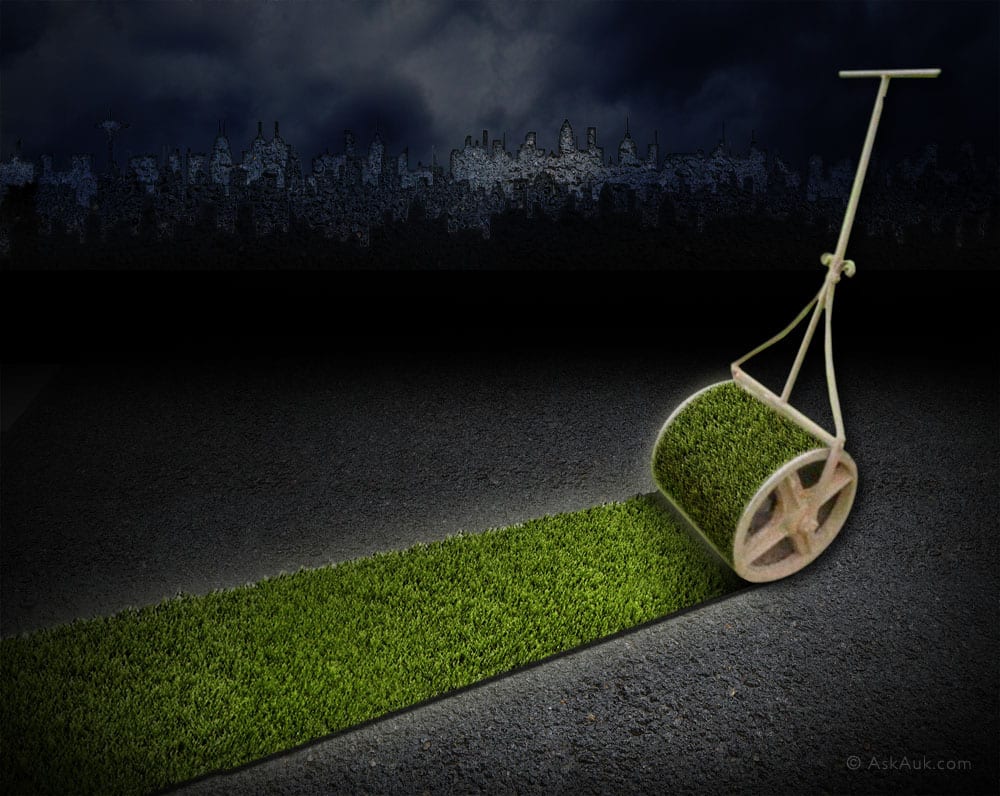Chloë Smith, GiGL Data Officer

Our gardens research project has caused quite a stir, not only within our patch, but also in the national and international press. Almost a year has passed since we completed the project, and we reflect here on the press coverage received and the benefits of partnership work.
We publicly launched the garden research report last summer in partnership with London Wildlife Trust, facilitated by their excellent communications team, with remarkable and visible results.
BBC London ran a thoughtful television piece, which must surely have prompted Londoners to pause and cogitate on the role their gardens play for wildlife and green infrastructure. Commuters also read about the research in the Evening Standard: ’Launching the findings today at Camley Street Natural Park near St Pancras station, London Wildlife Trust deputy chief executive Mathew Frith said: “London’s gardens cover a vast area. But the speed and scale of their loss is alarming.”’ Throughout the week, most of the broadsheets and a number of tabloid papers picked up the story.
Thanks to a carefully worded press release, a vast majority of the coverage was sensitive and factually correct. The Guardian and The Times, for example, ran informative stories.
Inevitably, there were a few exceptions. True to form, Jeremy Clarkson, writing for The Sun, was not impressed that, ’global warming enthusiasts said…that we must stop turning our front lawns into off-street parking spaces…[because it’s] bad for wildlife, such as, er, worms.’ A minority of papers speculated that the statistical trend of increased hard surfacing was caused by the television fashion for garden make-over shows – not a link that our research had made. We were concerned solely with establishing evidence.
Thanks to the well established name of London Wildlife Trust, Reuters picked up the story: ’The British capital is losing the equivalent of two and half times the size of its central Hyde Park of greenery a year driven by trends in garden design, the London Wildlife Trust said in a report released this week’
The international flagging of the story had an unexpected added bonus as Karen, GiGL’s new LISI Manager, used the research before applying for her current job and relocating to London from Australia. Without the publicity generated by the gardens research, Karen might never have known of our existence or of the role she would play in our future.
Some of the most considered reporting and comment came from bloggers. Anna Simpson from Green Futures contemplated possible solutions: ‘So how can we make gardening both easy and attractive? And what role can retailers, community groups and employers play? One not-to-be-missed opportunity is the domestic energy efficiency agenda. If we’re going into homes to improve their insulation, why not add a green roof, some climbing plants, and a rainwater harvesting system while we’re at it?’.
The blog also focused on positive action: ‘How to reverse this decline? You can legislate – since 2008 you need planning permission to pave your front garden, for example – but this will only reduce the rate of decline in green vegetation. You can make people feel guilty – but that won’t last and, anyway, what’s the point? We have to change people’s aesthetic…getting out there and engaging designers, landscapers, and other opinion formers in the business.’
A year on, our gardens statistics continue to get people talking. Last month in the Sunday Telegraph’s magazine supplement Seven, Nigel Farndale took the long-view on gardens asking, ’Could the English love affair with the garden be coming to an end, in our towns at least?’. He considered how the English ‘obsession‘ with gardening has evolved since origins with invading Roman’s, through Edwardian enthusiasm, to our research findings today.
And even as we go to press, the Guardian (18th July) references the report in their article about a new piece of research released by the RAC highlighting the increasing use of the nation’s front gardens as parking space: “The loss of domestic garden space also presents a threat to wildlife. The conclusions of the RAC Foundation’s report chime with research conducted last year by the London Wildlife Trust. Their survey of private space in the capital found that the annual loss of greenery from domestic gardens is 3,000 ha (7,410 acres), or the equivalent of two-and-a-half Hyde Parks.”
The media coverage of our garden research has been a partnership success, combining the technical skills of the GiGL team with the communications strengths and conservation credibility of London Wildlife Trust to generate wide reaching and positive publicity.
So who’s next?
